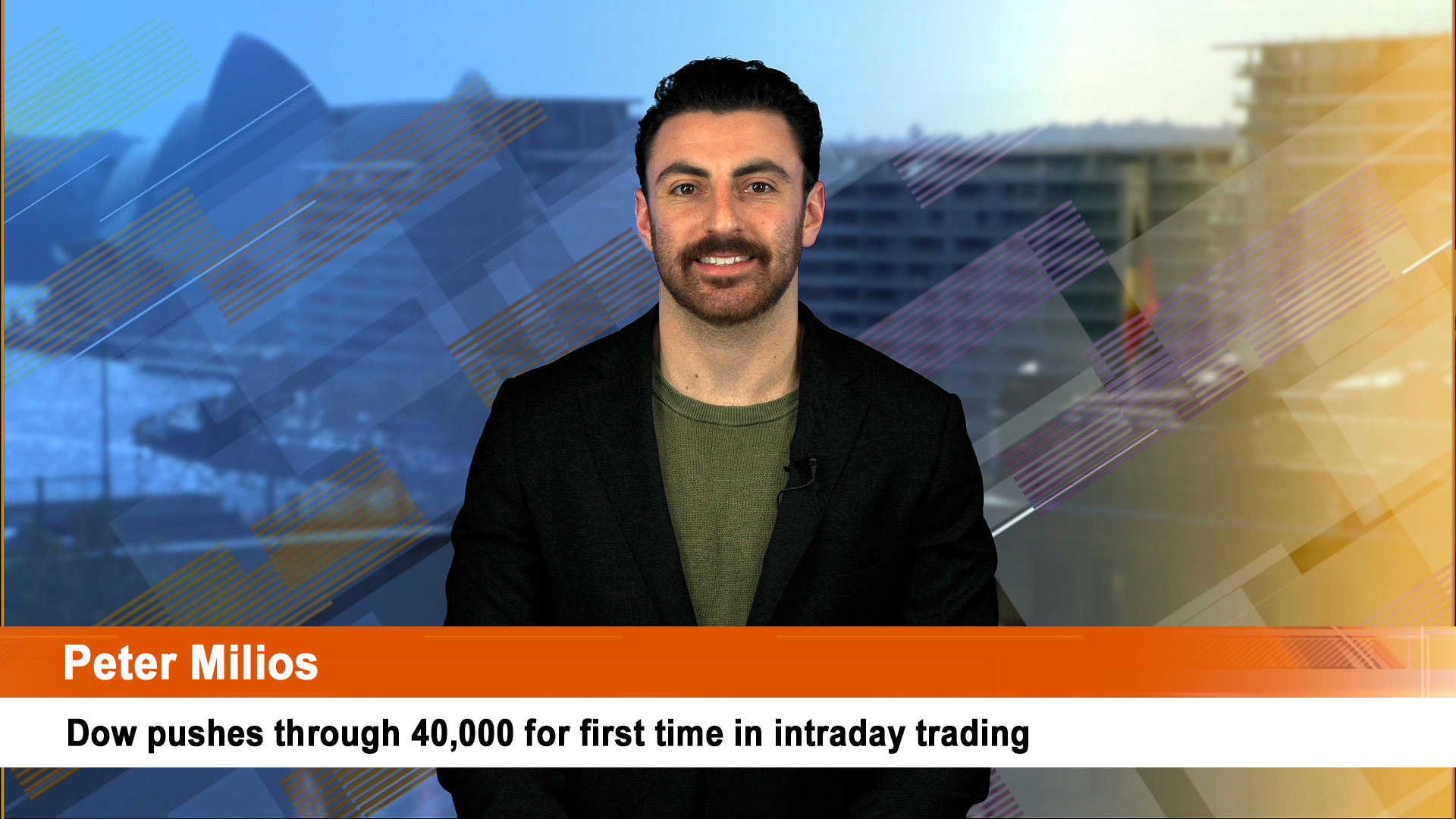Global logistics giant FedEx produced an earnings downgrade that took Wall Street by surprise and should be considered more seriously by investors around the world than just another ‘blip’ from a big US company.
Fed Ex Thursday withdrew its full-year guidance and announced significant cost-cutting measures following what it called softness in global volume of shipments – and its well placed to feel any slowdown in activity, especially as thousands of companies the world over have been using FedEx and other giants to get around supply chain hiccups and obstacles.
To withdraw guidance from a major global corporate is a warning that it thinks things are going to get worse. It’s not that the company sees a huge drop in revenue and earnings, it’s that they now don’t expect there to be any growth (and growth is what drives share prices).
“First quarter results were adversely impacted by global volume softness that accelerated in the final weeks of the quarter,” the company said.
“Global volumes declined as macroeconomic trends significantly worsened later in the quarter, both internationally and in the U.S.
“FedEx Express results were particularly impacted by macroeconomic weakness in Asia and service challenges in Europe, leading to a revenue shortfall in this segment of approximately $500 million relative to company forecasts.
“FedEx Ground revenue was approximately $300 million below company forecasts,” the company said.
The news saw Fed Ex shares close down more than 16% in afterhours trading, which meant the stock will lose $US8 billion of its $US53 billion market value.
As part of the cost-cutting FedEx will close 90 office locations, close five corporate office facilities, defer hiring efforts, reduce flights and cancel projects.
The updates came alongside fiscal first-quarter earnings that fell well short of Wall Street expectations. FedEx had been scheduled to release results and hold a conference call with analysts next week, but issued the report early.
Here’s how FedEx performed in the company’s first quarter to August 31:
- Operating income was $US1.19 billion, down from $US1.40 billion in the same quarter of 2021.
- That was on higher revenue of $US23.2 billion up from $US22 billion but down from the $US23.59 billion forecast by the market.
The company blamed specific weakness in Asia as well as challenges to service in Europe. While these factors choked shipping volume, the company said operating expenses remained high (especially jet fuel).
For its fiscal second quarter the company expects revenue of between $US23.5 billion to $US24 billion. Analysts were looking for revenue of $US24.86 billion.
Despite the emergence of this sudden weakness, the company will still spend billions on share buybacks.
FedEx reaffirmed its previously announced plan to repurchase $US1.5 billion of FedEx shares in2022-23. The company said it expects to repurchase $US1.0 billion of FedEx common stock during the current second quarter.
From those decisions we can take it that the company thinks its shares will need support while under pressure for the next year or so. Rather than a vote of confidence, as companies quite like to portray buybacks, FedEx’s is nothing more than an attempt to underpin the share price in the face of an expected rise in market volatility.
The chief beneficiaries will be the senior management and board whose bonuses and other remuneration are quite often in part tied to the performance of the share price.













